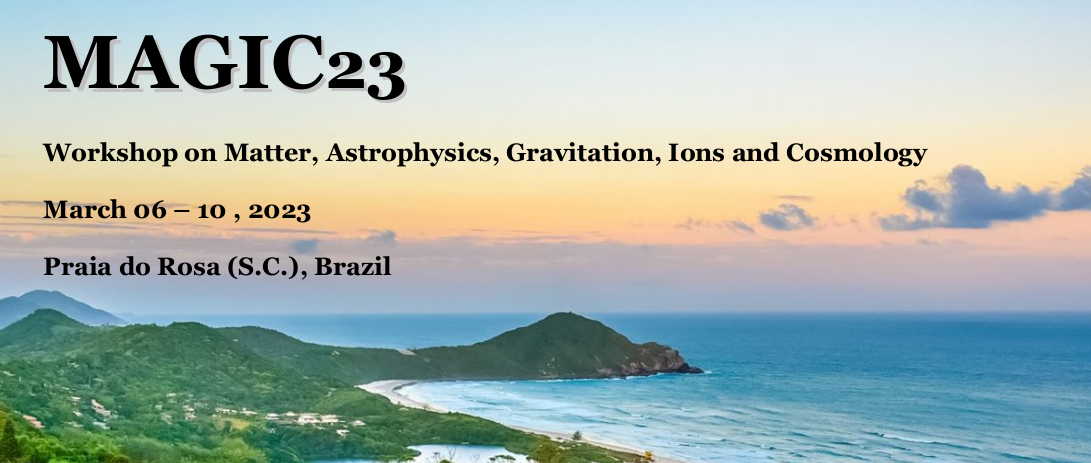Speaker
Description
Depending on the dynamics of a binary neutron star merger, the collision may result in a differentially rotating compact object. Differentially rotating stars can sustain a total mass considerably higher than that of a uniformly rotating star, giving rise to “hypermassive” objects like hypermassive neutron stars. These stars are likely to exhibit extreme structural deformation along the radial axis due to their high masses. Both the increased mass and structural deformations supported by differential rotation allow the compact remnant to remain stable in otherwise unstable configurations on short, dynamical timescales. In this work, we numerically simulate differentially rotating neutron stars to explore an increase in mass and structural deformation for three relativistic mean-field equations of state models. Results are used to predict outcomes for recent gravitational wave observations of binary neutron star mergers.

